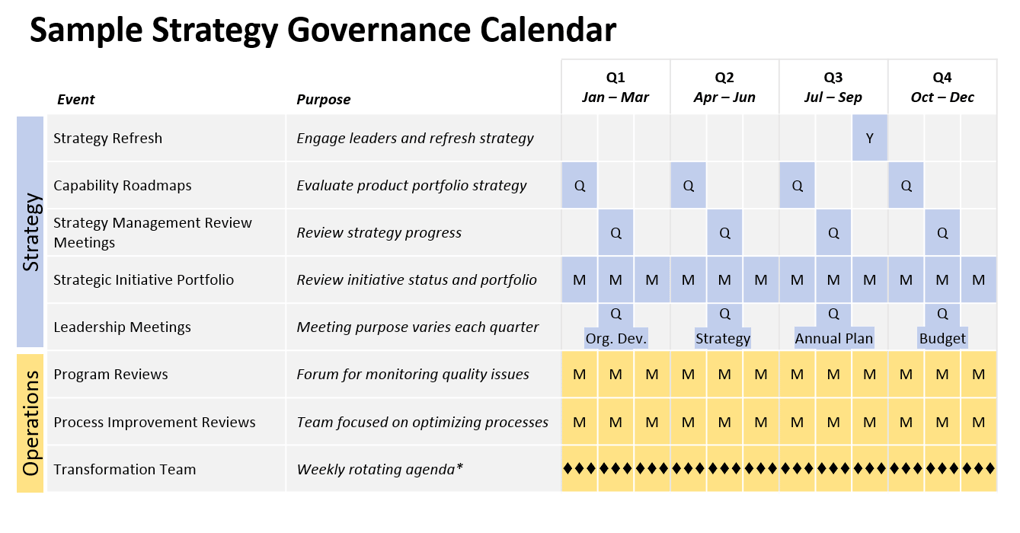Creating a Balanced Scorecard can sometimes feel like treading water with weights attached to your feet. Progress can come in fits and starts. Tasks expected to be simple end up complex. Tasks expected to be complex, end up really complicated.
So let’s take a moment to think about the little things, logistical decisions that often escape the senior management team’s focus and fall into a Balanced Scorecard administrator’s docket. These details will impact a Balanced Scorecard’s appearance, how it is discussed, and its aesthetic consistency. So rather than skip through these items, give them a few extra minutes to make a sound decision about the implementation of your Balanced Scorecard software.Pick a naming convention for BSC components and stick with it
The standard naming convention for objectives in the Balanced Scorecard is the first letter of the perspective and a number, followed by the name of the objective. For example, the first financial perspective objective could be “F1. Generate high profit margin.” Measures follow the same logic branching down from the objectives, and can be followed with a distinguishing letter. Extending the previous example, the measure “F1a. Profit margin” would be related to objective F1.

More questions will now trickle in, especially if this is a whole strategic planning team effort. Do you use period or a hyphen? Are the letters all uppercase? These details are simultaneously important and trivial. The choices you make are less important than consistency in approach, so when a decision is made, stay disciplined.
Create a glossary for terminology
Inconsistent terminology can undermine the communication power of the Balanced Scorecard. If in a previous planning methodology, “playbooks” were used to track “key results” and now the team switches to monitoring “objectives” with “measures” there is a risk of confusion where the senior leadership team thinks one way, while the rest of the organization speaks a different language. If starting fresh, the most effective way to avoid confusion is to create and distribute a glossary. Like the naming convention, once terminology is decided, maintain consistency.

Scheduling
A big ticket item is to choose your strategy review meeting frequency. Once a strategic governance calendar is set, the inglorious job of herding the cats will inevitably be passed onto the Balanced Scorecard administrators. Especially as organizations get into busy seasons, it becomes increasingly challenging to make time for strategy. And as one meeting is missed, scheduling the next is forgotten.

To avoid this, plan out as many strategy meetings up front as possible. All the normal logistical hurdles such as vacations, conflicting meetings, and travel will need to be handled. Busy seasons will need to be navigated (be practical!). However, confronting the scheduling up front ensures that you are dedicating the necessary time to strategy. Then add the scheduling as part of your annual strategy refresh agenda to prevent forgetting next year.







